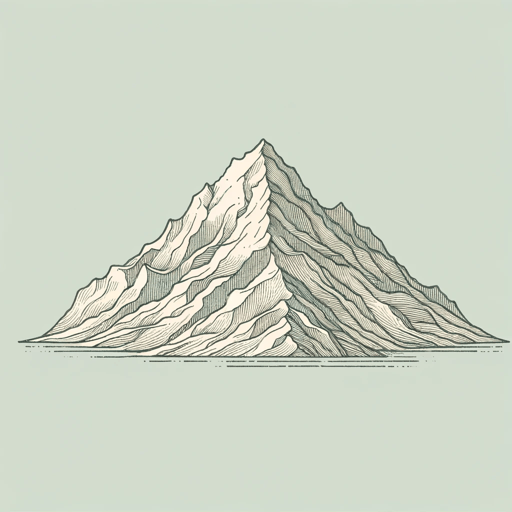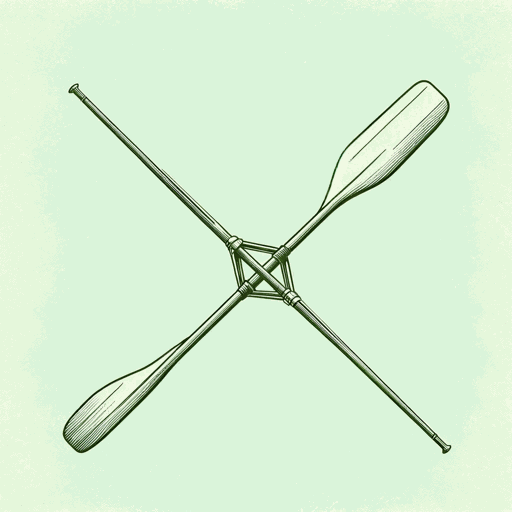57 pages • 1 hour read
Daniel James BrownThe Indifferent Stars Above: The Harrowing Saga of a Donner Party Bride
Nonfiction | Biography | Adult | Published in 2009A modern alternative to SparkNotes and CliffsNotes, SuperSummary offers high-quality Study Guides with detailed chapter summaries and analysis of major themes, characters, and more.
Summary and Study Guide
Overview
The Indifferent Stars Above: The Harrowing Saga of the Donner Party by Daniel James Brown offers a detailed account of one of the most notorious tragedies in Westward expansion and American history. Published in 2009, this historical non-fiction book examines the doomed 1846 expedition of the Donner Party, led by George Donner, through the Sierra Nevada mountains. Brown, celebrated for his narrative non-fiction, departs from conventional accounts fixated on the Donner brothers, focusing on the personal story of Donner Party survivor Sarah Graves, a young newlywed who traveled West with her family. Sarah’s story captures the full spectrum of human endurance and suffering the party faced during the devastating early snowfalls in the Sierra Nevada that ultimately sealed their fate. Brown’s detailed recounting traces the footsteps of the Donner Party, exploring themes of Love and Sacrifice, The Challenges of Pioneer Life, and The Impact of the Environment on Human Fate.
This guide refers to the 2009 Harper Collins edition.
Content Warning: The book contains descriptions of starvation, cannibalism, and death.
Summary
On April 12, 1846, 21-year-old Sarah Graves, her new husband Jay Fosdick, her parents, and her eight younger siblings embarked on a journey westward from Illinois. They were drawn to Alta California, then a sparsely populated Mexican province, joining the migration of Americans who were spurred by promises of fertile lands and new beginnings. The narrative of the Graves family intertwines with that of the larger Donner Party, a group of pioneers whose name would later become synonymous with cannibalism.
As the Graves family headed west, geopolitical tensions were mounting in Alta California. American aspirations of “manifest destiny” were colliding with Mexican rule. In the same month the Graves crossed the Missouri River, President James Polk declared war on Mexico, targeting the annexation of California. Amid these tensions, Lansford Hastings, author of The Emigrants’ Guide to Oregon and California, and John Sutter of the Sacramento Valley were strategizing to steer settlers toward California instead of Oregon. They hoped their numbers would help overthrow Mexican control and populate Sutter’s emerging town of Suttersville. Hastings, in his guide, outlined an alternative route to California, later dubbed the Hastings Cutoff. Despite never having traveled this path and its numerous challenges, Hastings promoted it as the fastest route to California. Choosing this route ultimately sealed the fate of the Donner Party.
In the spring of 1846, filled with hope, the Graves family left Illinois with their eyes set on Alta California. By mid-May, they had arrived in St. Joseph, Missouri, a crucial stop for acquiring supplies and making final preparations. Despite Lansford Hastings’s advice to depart St. Joseph by early May to avoid mountain snows, the family left in late May, a decision that proved to be a deadly mistake. As they journeyed west, the Graves family faced threats and dealt with the challenges of pioneer life but also shared moments of camaraderie and adventure. They reached Fort Laramie in Wyoming by early July to celebrate Independence Day. Resuming their trek on July 5, 1846, they continued toward South Pass. Here, they faced a critical decision: take the Hastings Cutoff, which promised a faster route, or stick to the longer, established paths to Oregon and California.
A week ahead of the Graves family, the Donner and Reed families, along with groups like the Breens, Murphys, and Eddys, reached South Pass. Influenced by Lansford Hastings’s promises of a faster route, they took the Hastings Cutoff toward Fort Bridger and elected George Donner as their leader. By August 5, they encountered a note from Hastings warning of poor trail conditions unsuitable for wagons. Forced to detour, the Donner Party faced significant delays. Meanwhile, the Graves family reached the same fork and chose the same path. During the Donner Party’s delay, the Graves family caught up and joined them. Together, they faced hardships across the Utah Salt Flats. Navigating the Hastings Cutoff through Nevada and eventually rejoining the established California Trail took them 68 days, significantly longer than the traditional route.
In October, tensions within the Donner Party escalated when James Reed fatally stabbed John Snyder, a young man traveling with the Graves, during an argument. Reed was subsequently banished from the group, and the party, now low on supplies, continued along the Humboldt River toward California. By late October, early snowstorms struck as they reached Truckee Meadow near what is now Donner Lake. Repeated attempts to cross the Sierra Nevada mountains were thwarted by impassable snow, forcing them to set up camp. Stranded and facing severe conditions, they confronted a survival crisis as snowfalls blocked their passage and depleted their provisions.
That December, facing imminent starvation, a group of the healthiest members formed the “snowshoe party” to seek help. They aimed to cross the summit on foot, heading for Johnson’s Ranch in California but veering off course into the harsh terrain of the North Fork of the American River. By late December 1846, extreme cold and lack of food drove the snowshoe party to cannibalism. Franklin Graves, before his death, implored his daughters, Sarah and Mary Ann, to use his body for food. The group endured extreme physical and psychological hardships as they continued their journey, facing further deaths and continued instances of cannibalism, including the consumption of their former guides, Luis and Salvador. The snowshoe party eventually found temporary refuge in a Maidu village before finally making their way to Johnson’s Ranch.
While the snowshoe party recuperated at Johnson’s Ranch, those remaining at the lake faced extreme hardships and starvation. A relief party was quickly organized at Johnson’s Ranch. On February 18, the first relief party, led by Reason Tucker, arrived at the lake and was shocked by the survivors’ conditions. On February 22, the first relief party departed the lake for Johnson’s Ranch. They soon encountered a second relief party just miles ahead, led by James Reed.
On March 3, the second relief party departed the lake with 17 survivors, including Elizabeth Graves. A storm on March 5 claimed the life of Isaac Donner, with Elizabeth passing away the next day. By March 7, the weather cleared, allowing Reed and a few others to go ahead and retrieve cached supplies while the rest remained stranded at what became known as Starved Camp. The first relief party reached Johnson’s Ranch, reuniting Sarah Graves with her siblings. A third relief party led by William Eddy and William Foster headed toward the lake. At Starved Camp, dire conditions led to cannibalism. After Elizabeth Graves died, her own daughter, Nancy, consumed her flesh. The group split, some escorting survivors to Johnson’s Ranch while others returned to the lake. There, they found only a few survivors, including George and Tamzene Donner and Louis Keseberg. By April 13, a fourth relief expedition arrived, more a salvage mission, finding only Keseberg alive amid devastation. This marked the grim end of the rescue efforts, with 87 of the original group surviving and 47 dead.
After the harrowing ordeal, survivors of the Donner Party, including Sarah Graves, faced continued hardships. Sarah, left penniless, moved to Napa Valley to teach. In 1848, she married William Ritchie, who was later hanged for stealing. She remarried and settled in Visalia until her death in 1871. Other survivors of the Graves family eventually married and settled around California, while the Breens acquired land in San Benito County. James Reed’s family prospered in real estate in San Jose, and the children of George and Tamzene Donner lived full lives.
Related Titles
By Daniel James Brown



